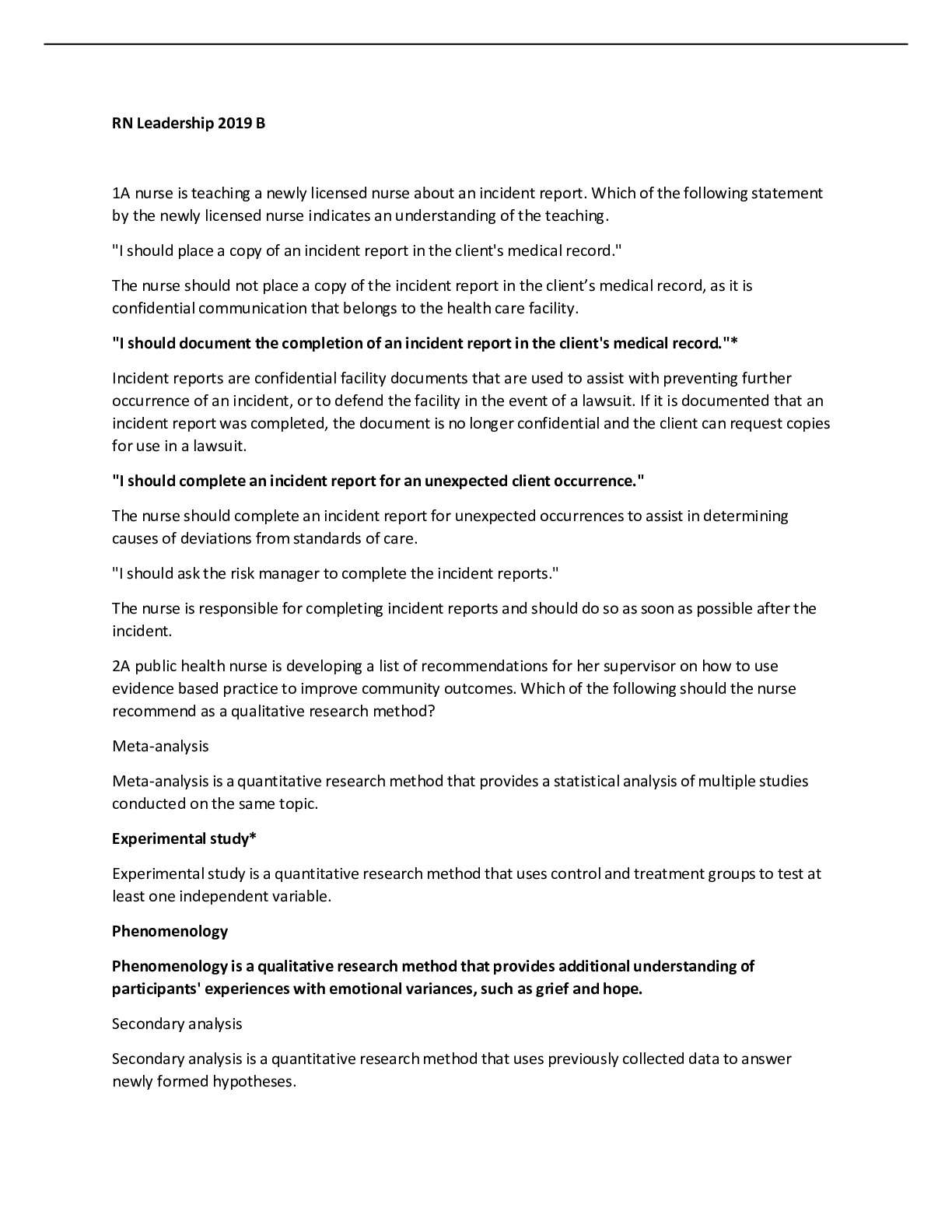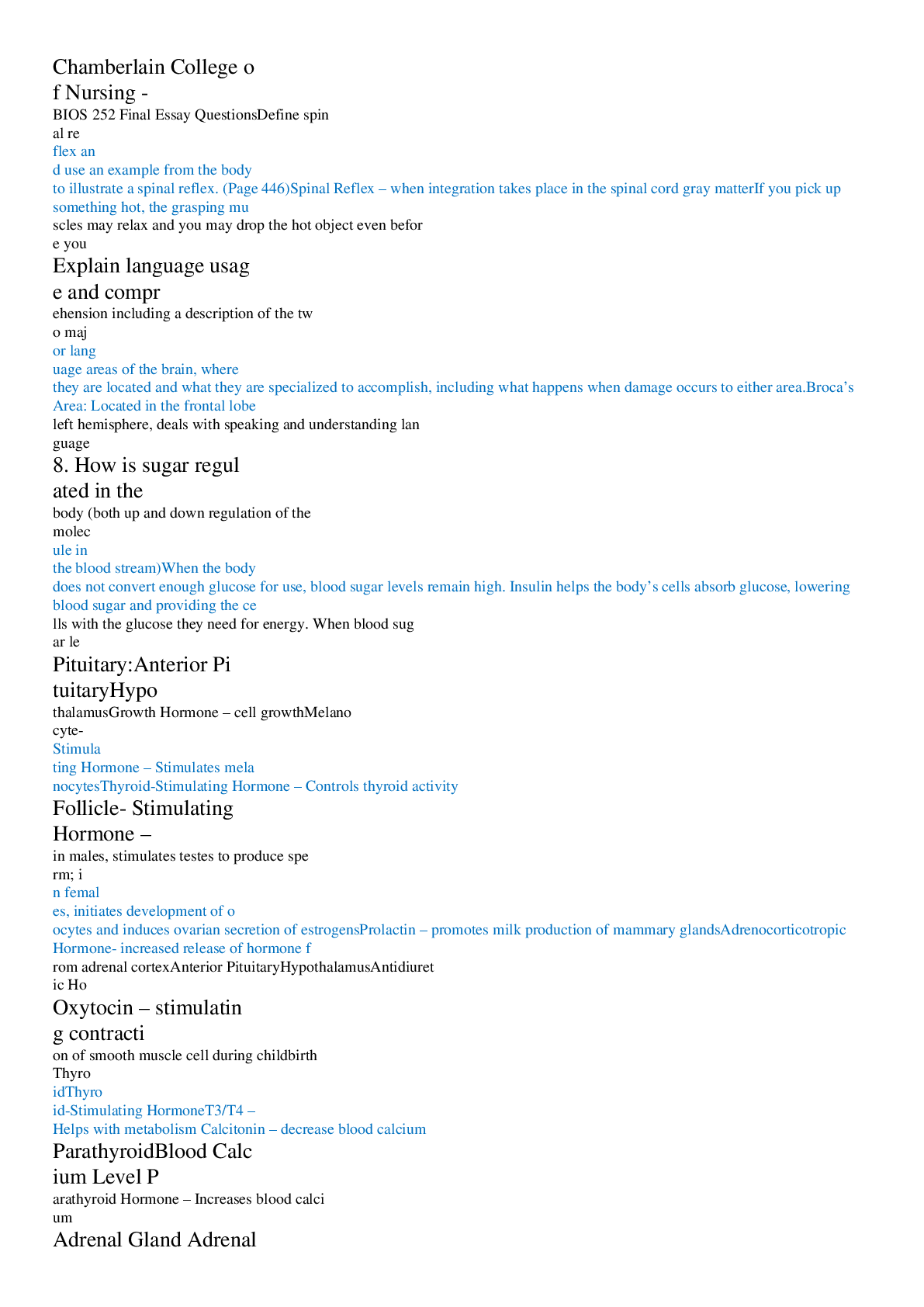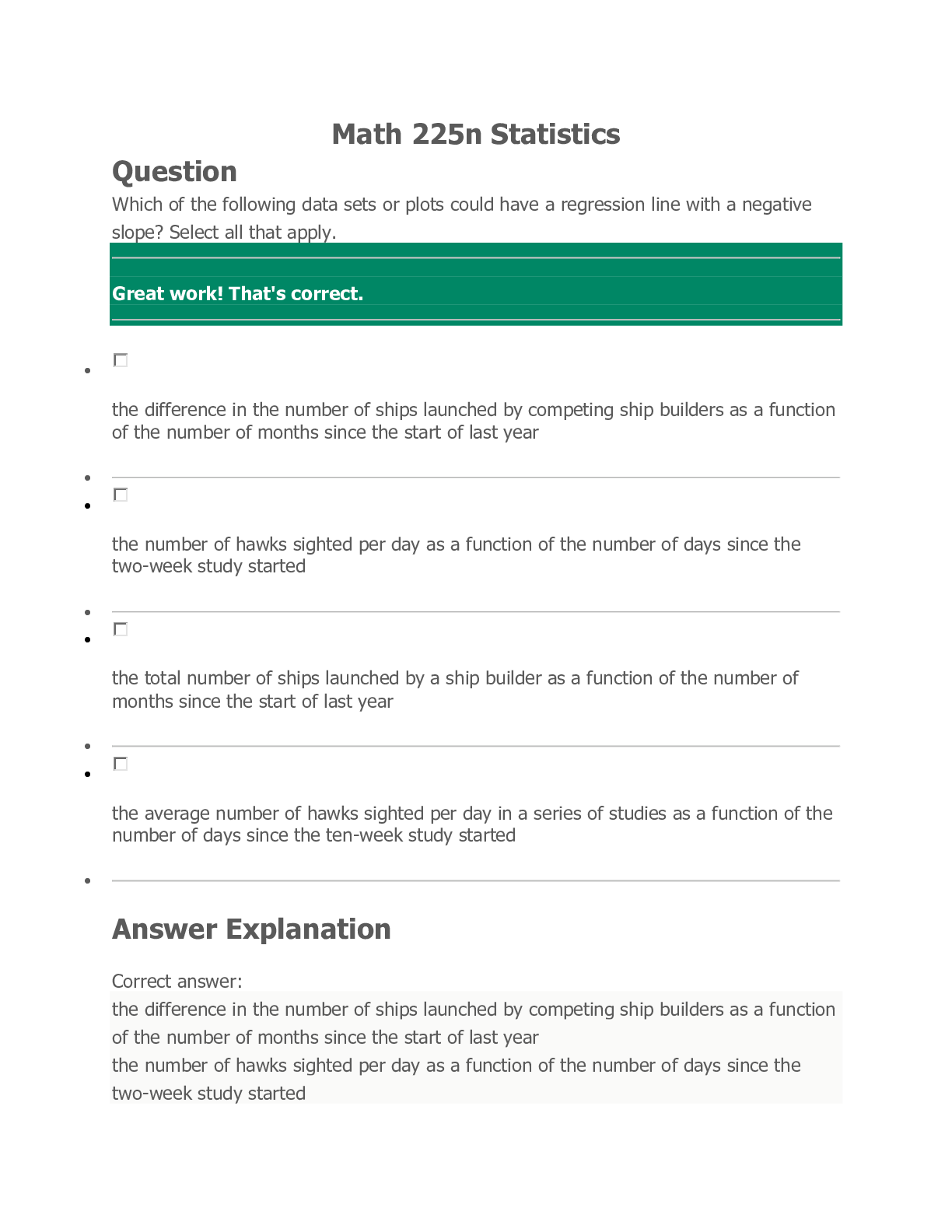Sociology > EXAM REVIEW > SOC_1_Intro_to_Sociology_Spring_2021 (All)
SOC_1_Intro_to_Sociology_Spring_2021
Document Content and Description Below
SOC 1 Intro to Sociology, Spring 2021 FINAL EXAMINATION Review Questions The exam will include material assigned in the text and covered in lecture/powerpoints. Questions from the exercises are a g... ood starting place. Devious ● What is deviance? ○ Definition: A behavior, trait, belief or any other characteristic that violates a norm and causes a negative reaction. A social judgment not a moral one. In order for something to be deviant there must be a sanction(dirty looks, imprisonment, shunning). ■ Ex: Showing up to a job interview in sweatpants ○ What is considered deviant can change across cultures and can also change over time. ■ Ex: women wearing pants used to be deviant. Mn wearing feminine clothing. ○ Continuum: something that is mildly deviant vs. Something that is taboo to a culture ■ Ex: chewing with mouth open vs. Cannibalism. ● Does deviance have a function (Durkheim)? -Functionalist perspective: everything has a function ○ Durkheim: deviance helps clarify moral boundaries in a society and promotes social cohesion. The social norms create unity. ● Describe Structural Strain Theory. Be able to provide examples. ○ Merton: some deviance is always going to be inevitable. How someone experiences or is affected by deviance depends on their place in the social structure. Because inequality exists, people that receive more benefits in society are going to have an easier time adhering to social norms because they have everything they need in order to be able to adhere to those norms. ■ Ex: ability to achieve the American Dream, coming from a wealthy family vs. coming from a poor family. ○ Merton's four categories: ■ Innovators: have conventional goals, want what everyone in society wants, want to adhere to the social norms and fit in but are deviant because they use unconventional ways to get there ● Ex: Being a stripper or drug dealer to make money ■ Ritualists: go through to conventional motions, try to fit into the norms but know they can’t adhere to all of the norms in society. ● Ex: People trying to achieve the American Dream but ultimately know that they’re never going to end up with the dream house, 2.5 kids and white picket fence. ■ Retreatist: people who reject the conventions, chose to live outside of conventional norms, live separately from society. ● Ex: hippies in the sixties or someone who goes and lives off the grid in the woods. ■ Rebels: people who reject the cultural definitions of success and the means of achieving them and advocate for radical changes to the social order. ● Ex: any sort of activist, princess lea trying to blow up the death star. ● Describe Differential Association Theory and Labeling Theory- Symbolic Interactionism: ○ Differential Association Theory: We learn to be deviant through our interaction with others who break the rules. ■ Ex: If all of my friends jumped off a bridge I would too ● Fault: Not everyone who breaks the rules is surrounded by friends that break the rules. Just cause one person does it doesn’t mean everyone else will. ○ Labeling Theory: deviance is determined by social context ■ Rosenhan study(1900s): once you label someone as deviant it’s difficult for them to get rid of the deviant label. How long did it take for the psychiatric hospital to realize these grad students claiming they were hearing fake voices to determine that they were not actually mentally ill. Rosenhan determine once they were admitted everything they did was labeled under the scope of being mentally ill and they were never discovered to be fakers. ○ Primary Deviance: what got you label- going to the hospital and claiming you are mentally ill ○ Secondary Deviance: once you are labeled deviant everything else you do is seen in that light, deviant career/identity- refusing to take the medicine, writing notes ○ Tertiary Deviance: redefining the stigma of being deviant into something positive- bad to be an alcoholic vs. Good to be a recovering alcoholic ● What is the relationship between the self-fulfilling prophecy and stereotype threat/promise? [Show More]
Last updated: 2 years ago
Preview 1 out of 15 pages

Buy this document to get the full access instantly
Instant Download Access after purchase
Buy NowInstant download
We Accept:

Reviews( 0 )
$7.00
Can't find what you want? Try our AI powered Search
Document information
Connected school, study & course
About the document
Uploaded On
Nov 19, 2022
Number of pages
15
Written in
Additional information
This document has been written for:
Uploaded
Nov 19, 2022
Downloads
0
Views
83


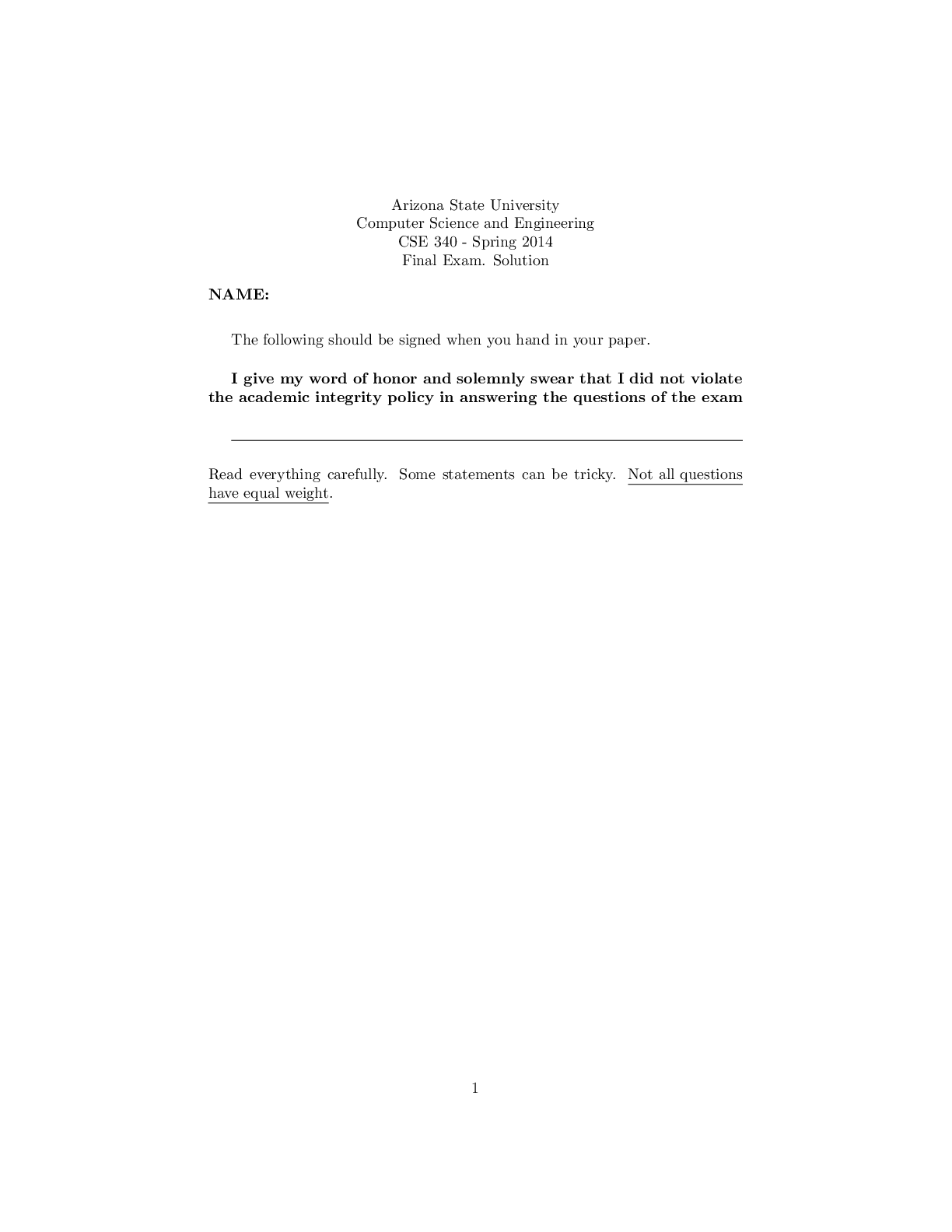
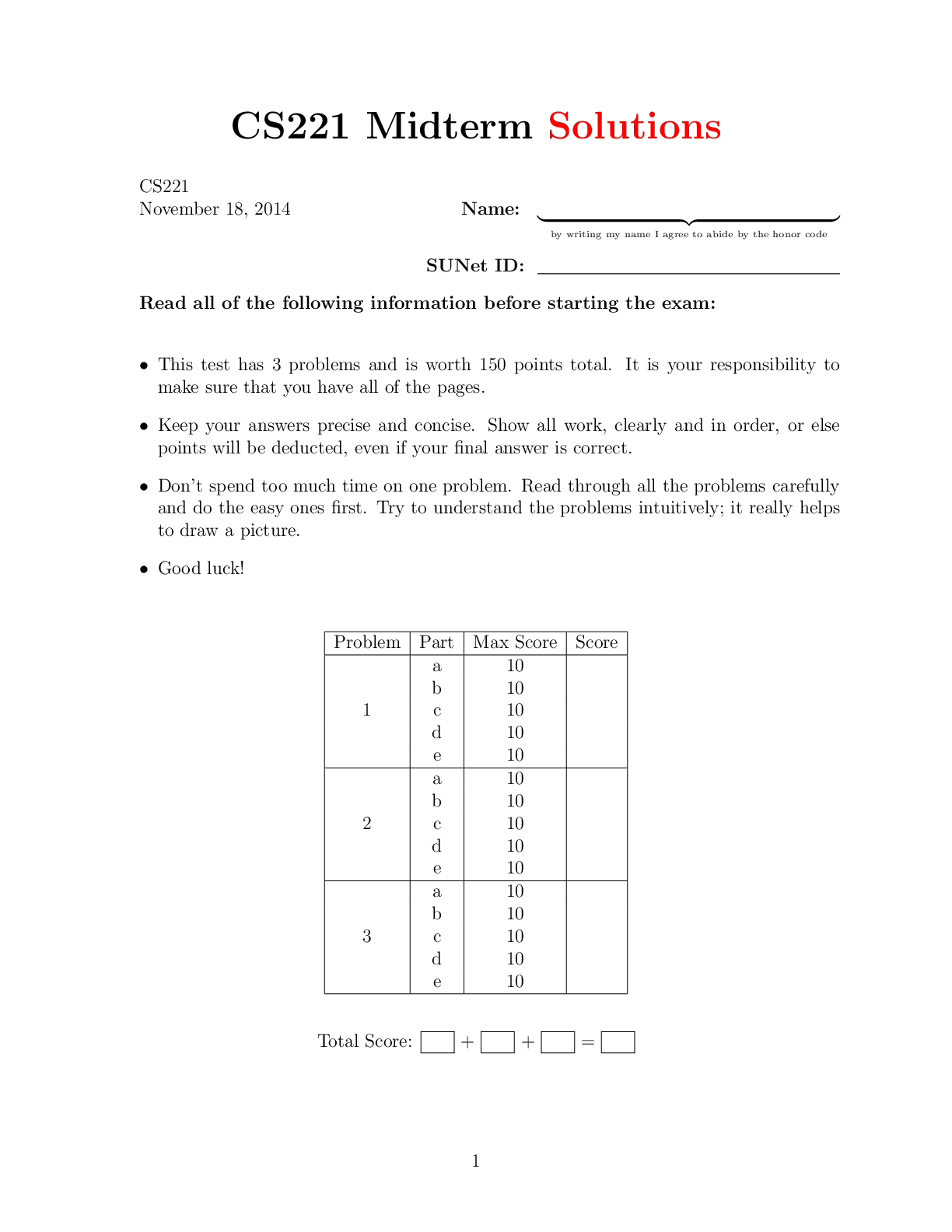


.png)






.png)

